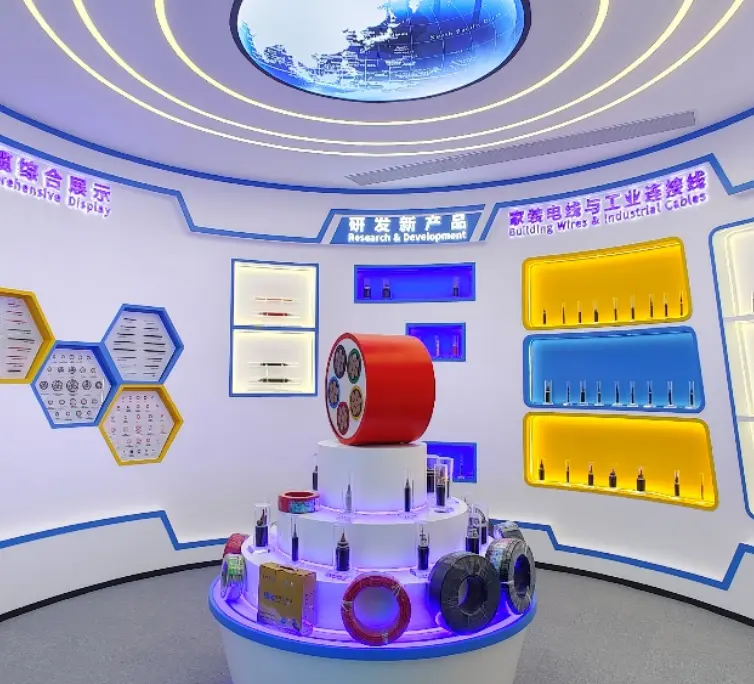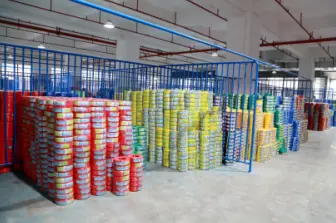The Difference Between Low Smoke Halogen Free Cable and Mineral Insulated Cable
Mineral insulated cable and low smoke halogen free cable are two completely different cable products. Whether it is the material of the cable, the characteristics of the cable, the use of the cable, or the price of the cable, they are very different.
1. Low smoke halogen free cable and mineral insulated cable
Low smoke halogen free cable: sizing insulation that does not contain halogen (F, Cl, Br, I, At) and does not contain environmental matters such as lead, cadmium, chromium, mercury, etc. Low smoke halogen free materials can reduce toxic and corrosive gases that are produced when they burn. Low smoke halogen free materials are often used in poorly ventilated environments such as airplanes, train cars, or in ships. Low smoke halogen free materials are also commonly used in the railroad industry, where there are high-voltage lines or signal lines that transmit train positions beneath the railroad. The use of low smoke halogen free materials also reduces the accumulation of toxic gases when cables are damaged by fire or there are short circuits.
Mineral insulated cable: between the magnesium oxide (inorganic material) sheath and the metal core is a tightly compacted magnesium oxide insulating layer.
2. The difference between low smoke halogen free cable and mineral insulated cable
(1) Performance characteristics of cable
The low smoke halogen free cable does not release halogen-containing gas when it is burned, and the smoke concentration is low. The allowable working temperature can reach 150°C. The flame retardant effect of the cable is achieved through the irradiation crosslinking technology, which conforms to the EU standards on environmentally friendly cable.
Mineral insulated cables will not burn, will not support combustion, and will not produce harmful gases. It can maintain normal power supply for 3 hours at a flame temperature of 1000° C, with advantages of strong electrical stability, long service life, and large current carrying capacity.
(2) The rated voltage and use of the two cables are different
Low smoke halogen free cable is suitable for places with rated voltages of 450/750V and below, with requirements on halogen free, low smoke, flame retardancy, and high safety and environmental protection requirements. For example, high-rise buildings, stations, subways, airports, hospitals, libraries, family homes, hotels, hospitals, office buildings, schools, shopping malls and other densely populated places.
Mineral insulated cables are suitable for places with a rated voltage of 0.6/1KV and below, with requirements for flame retardancy, fire resistance, flexibility, and high temperature resistance. For example, petrochemical industry, airports, tunnels, ships, offshore oil platforms, aerospace, iron and steel metallurgy, shopping malls, parking lots and other occasions.
(3) Price comparison
Low smoke halogen free cable is about 10% to 20% more expensive than the ordinary cable, While mineral insulated cable is about 1 to 5 times more expensive than the ordinary cable. All in all, there is no comparison between low smoke halogen free cable and mineral insulated cable. The two are two different cables with different characteristics and different advantages, so it is meaningless to compare two different grades of cables.
Latest News & Blog
 English
English  français
français  Deutsch
Deutsch  العربية
العربية  tiếng việt
tiếng việt  ไทย
ไทย  čeština
čeština  Indonesia
Indonesia  Eesti
Eesti  български
български  slovenčina
slovenčina 



